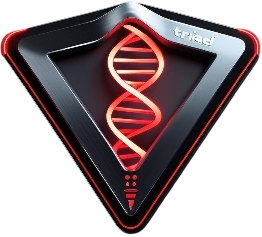Frequently Asked Questions – Triad Volumetric 3D Ultrasound
Triad is a handheld, portable ultrasound system offering real-time volumetric 3D imaging with AR/VR visualization. It delivers precise, CT-grade insights anywhere—from emergency rooms to remote clinics—without the need for bulky hardware.
Triad captures 3D data in under 2 minutes and visually reconstructs scans in real time, enabling immediate, informed clinical decisions.
No. Triad operates via a secure, built-in wireless link, so you don’t need Wi-Fi access. You can use it seamlessly in field environments and mobile clinics.
Yes. Triad’s intuitive interface, paired with step-by-step guidance and optional AR/VR walkthroughs, ensures a low learning curve. Most users become proficient within a few practice scans.
Absolutely. Triad supports secure HL7 and DICOM interoperability for seamless integration with existing EHR/PACS systems. Data privacy and HIPAA standards are fully maintained.
Triad is compact, lightweight, and battery-powered with up to 4 hours of continuous scanning capability—perfect for ambulances, rural health clinics, and emergency deployments.
Triad is undergoing standard medical device regulatory processes, including FDA 510(k) and CE marking. Early pilot data supports both clinical performance and safety validation.
We offer comprehensive onboarding, including AR/VR training modules, live virtual or onsite sessions, and tiered support packages customized to your needs.

